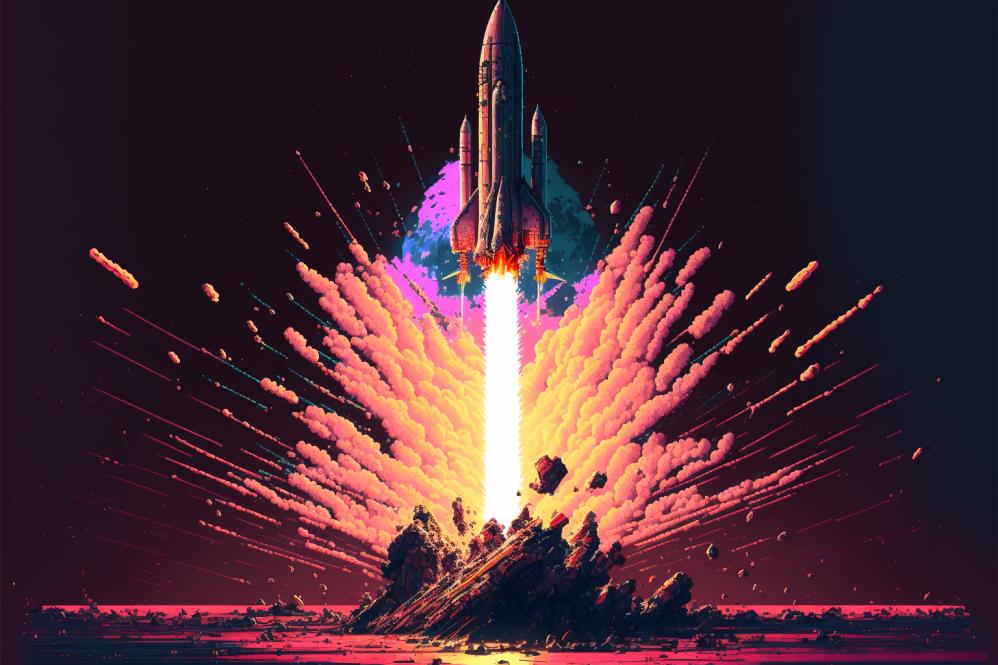How to Create a DAO

Decentralized autonomous organizations are increasingly prominent due to the self-governing and democratized model of governance that they promote. If you are one of those looking to explore and adopt the concept of DAO for your new or existing project, here is a step-to-step guide on how to launch a DAO.
Step 1: Define the goal and purpose of your DAO
As expected of all businesses, it is vital to define the aim and purpose of your DAO. Here, you have to come up with ideas and goals that others can connect with as they will ultimately shape the operations of your DAO. Think of a DAO as a mechanism for managing a project or funds. Hence, it is futile to start a DAO if you do not have a project or goal you want to achieve. Outline these goals as you would if writing a business plan.
Step 2: Create a community
Based on the goals highlighted in step 1, you need to build a community to power your DAO. Ideally, the community should comprise individuals who share interests that align with your goals and how you intend to achieve them. It is advantageous to define the roles of members and the criteria for choosing contributors.
After defining the requirements for joining your community, it is advisable to capitalize on popular social networking tools like Discord, Telegram, and Twitter to communicate with members. Have at the back of your mind that DAO is a community-based governance system. As such, interactions should not conform to a managerial hierarchy.
Step 3: Set up funding goals and DAO treasury
Capital is essential to the success of DAOs, which is why it is advisable to attract community members who are ready to contribute financially to the success of your project. Bearing this in mind, you ought to define the funding goals for your DAO. This will likely entail you setting up a treasury-based structure to raise capital to fund the DAO's operations. To raise funds, you can sell membership access or allocate a fraction of the revenue generated when the DAO receives a fee for the services rendered to members and users.
DAOs that sell membership access to raise capital require members to buy and hold their native tokens – digital currencies native to the DAO. In contrast, DAOs, which already have alternative funding sources, often decide to distribute native tokens to members for free.
Step 4: launch and allocate governance tokens
Regardless of the funding mechanism adopted by your DAO, the allocation of tokens plays a key role in its long-term viability. This is because DAOs usually measure the voting power of members based on the number of governance tokens they own. Think of it as buying the shares of a company and automatically earning the right to vote on the eligibility of CEO candidates.
Governance tokens are native digital currencies of DAOs that make you eligible to vote on proposals on decentralized and autonomous organizations.
Step 5: Create a DAO
The next step requires you to implement a mechanism for processing proposals and handling votes. Interestingly, a selection of open-source solutions has begun to offer services that allow users to create decentralized systems for governing organizations. It is worth mentioning that DAOs can be classified based on the type of functionality they provide. These classifications would determine the DAO-building tools that best suit your project. Below are five popular types of DAO and an example of a DAO building tool suitable for each.
Protocol DAOs
These are perfect for projects looking to provide decentralized finance services to users. Such protocols allocate their governance tokens to users as rewards so active contributors can vote on proposals. The popular DAOs that fall under this category are MakerDAO and Uniswap.
One of the tools suitable for building protocol DAOs is Aragon. Aragon is an Ethereum-based solution that allows users to choose from preset configurations and templates for creating DAOs. It lets users set parameters, including the vote duration and support percentage needed for a proposal to be accepted. The percentage support refers to the percentage of Yes votes required to approve and accept a proposal.
Philanthropy DAOs
As its name implies, a philanthropy DAO focuses on pooling support for social impact initiatives. Think of it as a decentralized non-profit organization or charity where contributors and operators rely on a transparent and decentralized system for funding and managing service projects. An example of tool sets ideal for launching philanthropy DAOs is DAOstack, an open-source solution offering an uncomplicated system for creating organizations and adding members. DAOstack also promotes collaborations between two or more DAOS. In other words, it enables a network of interoperable DAOs.
Investment DAOs
Investment DAOs let members raise capital and jointly invest in startups and businesses. The goal is to raise funds and seek out investment opportunities. In most cases, investment DAOs give equity to members in order to distribute revenue fairly. For example, The Krause House is a decentralized organization of basketball fans looking to pool funds for the purpose of owning an NBA team.
Most notably, Syndicate is one of the prominent protocols focusing on helping users create and manage investment DAOs. The Ethereum-based solution offers features that allow communities to meet the legal, technical, and financial requirements for investing in off-chain and on-chain assets.
Collector DAOs
The collector DAO structure is ideal for groups interested in pooling funds to collect digital collectibles and other extravagant art pieces. Simply put, collector DAOs allow members to co-own digital or physical arts. One of the existing DAOs that fall under this category is PleasrDAO, which purchased the original Doge meme NFT for a whopping $4 million. To build such DAOs, you need a solution like SZNS that enables the fractionalization of NFTs. SZNS lets members of a DAO co-own digital arts by tokenizing fractions of NFTs. Members can also transfer ownership by trading tokenized fractions of NFT collections.
Media DAOs
In line with the evolving digital creator economy, media DAOs encourage content creators to produce and monetize community-driven content. This system tries to reduce the influence of advertisers on how information is created and disseminated such that readers and viewers can access the content they want. An example of DAOs that embody this concept is Forefront, a crypto education-focused hub. To create such DAOs, you can explore tool sets like Paragraph, which focuses on helping writers build a community of audience. Paragraph is a Polygon-based solution that lets authors monetize their written content and build a community of subscribers.
What's next?
The concept of DAO is still relatively nascent. Hence, expect the industry and the technology powering DAOs to continue to evolve at a fast pace. Also, as DAOs become more popular, there is a strong possibility that regulators will begin to scrutinize the DAO economy. Hence, note that a lot can change very quickly. And so, it is imperative to keep yourself updated on the latest trends.





